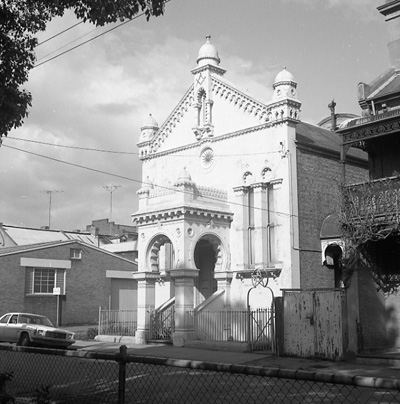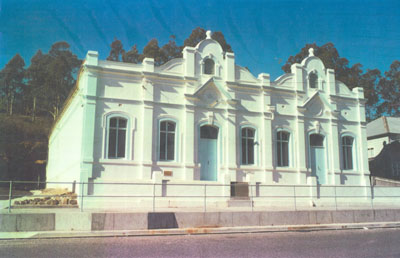Freemasonry
The traditions of Freemasonry date back to antiquity, with rituals and symbolism adapted from the ancient Egyptians and Greeks. Gould (2-39) states that the mysteries of Freemasonry have their origins in the ancient rites of Mithraism, and the rites of Osiris and Isis of Egypt established in Greece in 1400BC. Furthermore, the fraternities were modelled on the Essenes' Doctrine, which venerated the Law of God and its Degrees of Purity; the Roman Collegia which were religious bodies, colleges, and associations for trade; and the Culdees who considered themselves worshippers and servants of God.
The Craft Guilds of Europe are considered forerunners of modern Freemasonry; although they were not strictly Freemasons they provided benefits to brothers in the trade and codes of conduct. Fraternities were societies of workers from the same trade, craft or occupation. The following records exist about the formation of Craft Guilds and Fraternities:-
In the 11th Century the English Craft Guilds began under the rule of William the Conqueror, the Law provided a clause for granting release from service under the following condition, "a serf or bondsman taking refuge in a town, and remaining unclaimed for a year and a day, became a free man" (Gould 114).
In the 12th to 14th Century the earliest Craft Fraternities (not Guilds) were formed. The first Craft Fraternity was formed in Hanse, Germany, in 1170, and the earliest in France were the cloth workers of Paris in 1188, the Barber-Surgeons in 1270, and the Notaries 1300. By 1308 the number of Fraternities was so great that Philippe le Bel interdicted them (Gould 194).
The Stonemasons' Guild was formed in 1462; it was different from other Craft Guilds as the Master was included amongst the members. The Torgau Ordinances were also written in 1462; these were a set of Statutes and Ordinances concerning the Worshipful Masters of Stonemasons of the Craft, the Wardens, and the Fellows of the Craft. There were advantages to being a Member of the Guild as it provided sustenance for "sick brothers"; such advantages were not available to Members of the Craft only. In Article LVI Masters were instructed to use their influence to encourage former apprentices to join the Guild, it read: "Every master is expressly enjoined (Article LVI) upon the oath which he has taken to the craft (viz., that he will strengthen and maintain it), to use his influence to induce his former apprentices to join the brotherhood" (Gould 134,150).
The Brother Book of 1563 (the Ordinances and Articles of the Fraternity of Stonemasons, renewed at Strasburg on St Michael's Day, 1563) was written by The Chief Lodge of Strasburg outlining Fellowship, Duties, Regulations, and Brotherhood of Freemasonry in German Lands (Gould 119).
The first documented Masonic Meeting was in 1599 in Scotland. William Shaw (1550-1602), known as "the Founding Father of Freemasonry", was the Master of Works to King James VI, having control over the work done by stonemasons. In 1588 and 1599 he drew up the First and Second Shaw Statutes which addressed rules to Stonemasons' Lodges on practical matters as well as instructions to live by. These included rules guiding apprentices to learn certain instructions in the craft by heart and to be tested every year. There was a monetary fine for failing to remember the instructions (Faulks & Cooper 102-110).
Masonic Temple in Cumberland Street, Cessnock, 1986
Photo by Percy Sternbeck
Click photo to see the full sized image.
Modern Freemasonry
Modern Freemasonry is considered to have been established in1717 when the first Grand Lodge of England was established. Its first Grand Master was Anthony Sayer. In 1721 the Duke of Montagu became the Grand Master and the Grand Lodge became the regulatory body for Lodges throughout England with St John as their patron saint. (Faulks & Cooper 132).
Today Regular Freemasonry "has three degrees of teaching that the initiate must complete; each comes with a ritual consisting of a moral play, and catechisms (questions and answers) that must be observed." The degrees are: First Degree – Entered Apprentice, second Degree – Fellow Craft, Third Degree – Master Mason. (Faulks & Cooper 139).
The best known of the Masonic symbols are the compass and square. The compass representing "truth and loyalty" and the square representing "the duty the Mason owes to fellow Masons and to society" as well as "morality, honesty and fair dealing". Other symbols include the plumb, gavel, trowel, gauge and level, all traditional masons' tools of trade endowed with symbolism and important in initiation rites (Harwood 51). Each Lodge also has its own insignia which is embroidered on collars, cuffs and aprons which are worn at Lodge meetings. The term Lodge refers to both to the group of Masons and to the building in which the meeting takes place, many of the earliest Lodges met together in a private place with no particular "Lodge" building. As time went on specific Lodge buildings were built incorporating Masonic symbolism in their construction and design.
Sources
Faulks, Philippa, and Robert L. D. Cooper. The Masonic Magician, The Life and Death of Count Cagliostro and His Egyptian Rite. London: Watkins Publishing, 2008. Print.
Gould, R. F. The History of Freemasonry, Vol. 1. London: Thomas C. Jack, 1887. Print.
Harwood, Jeremy. The Freemasons. London: Hermes House, 2006. Print.
Text © M. Sherwin, 2013.

